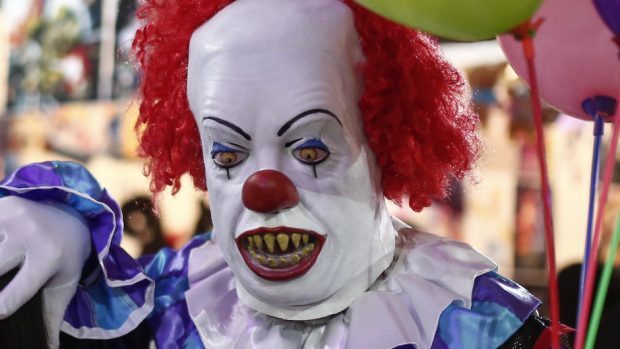Why would someone dress up as a clown to terrify people in the street?
The type of person to act in such a way tends to be someone who feels insecure in themselves and is rather unempathetic – they think it’s funny to make other people feel scared and anxious.
It’s an attention-seeking behaviour which makes them feel as though they have power and control other others, giving them a sense of importance.
By dressing up, they feel protected by their ‘mask’ which allows them to do and say things they wouldn’t normally consider doing in their everyday lives, which, in turn, makes them feel powerful.
Group mentality can encourage people to act in ways they wouldn’t normally, making them believe it’s acceptable to act in this way if others are.
They may also think the consequences won’t be as bad as they would be if they were acting alone.
This group mentality furthers the idea of anonymity – individuals feel hidden within the group which means they don’t necessarily feel responsible or accountable for their actions.
This can make them feel as though this antisocial behaviour is not a personal responsibility, but the responsibility of the group as a whole.
Clowns can be very unsettling for us, and for people suffering from a fear of clowns, also known as Coulrophobia, it can be extremely distressing coming into contact with one.
On the one hand, clowns are very familiar to us with their human features and child-like quality which we associate with childhood happiness and fun.
However, these more “sinister” clowns bring with them a sense of malevolence which contradicts the happy, childhood feelings.
Clowns make us feel uncomfortable – there is someone, or something, hidden under the mask and we don’t know what or who we’re dealing with. This can make us feel threatened and as though we’re being tricked.
Our reaction to the creepy qualities a clown represents of the distorted human form is often irrational and developed in childhood.
Logically we know it’s a person dressed up, but unconsciously many of us may have a ‘fight or flight’ response and become very frightened.
